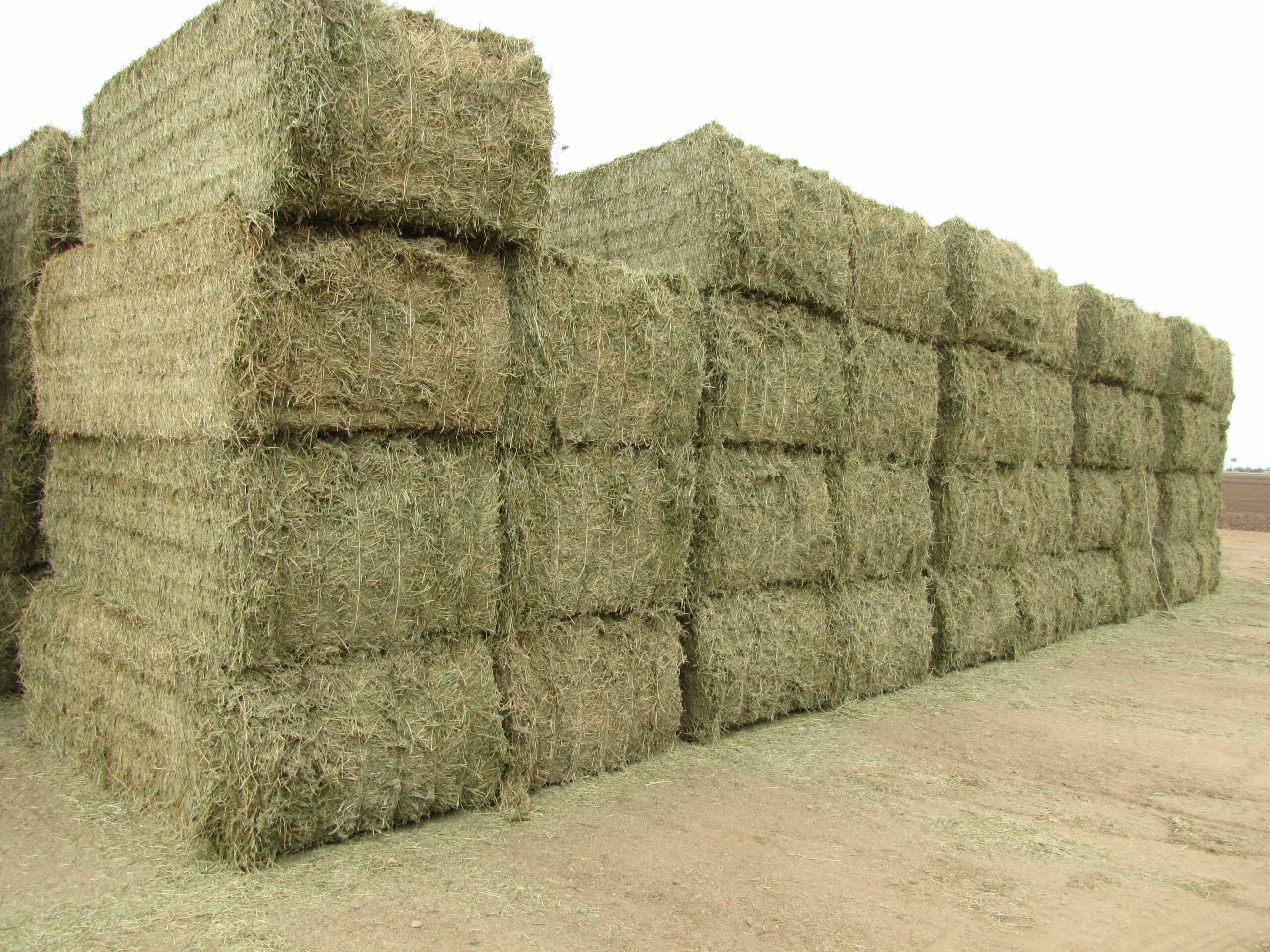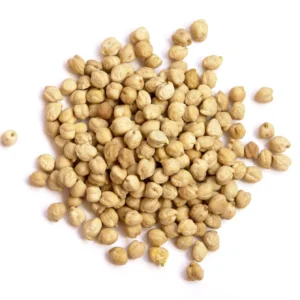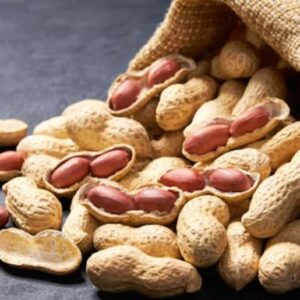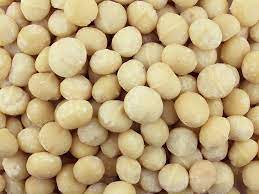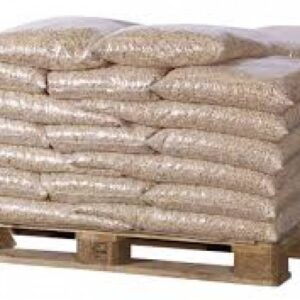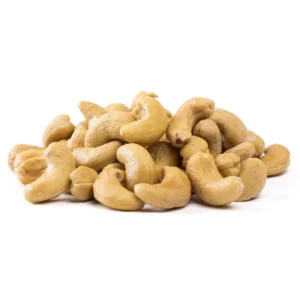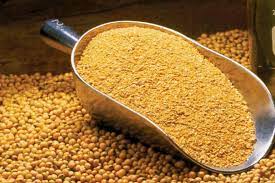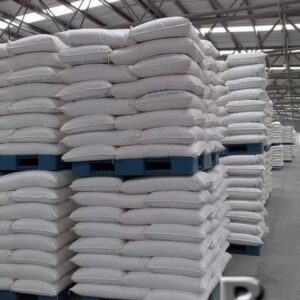Alfalfa (/ælˈfælfə/) (Medicago sativa), also called lucerne, is a perennial flowering plant in the legume family Fabaceae. Alfalfa Hay is cultivated as an important forage crop in many countries around the world. It is used for grazing, hay, and silage, as well as a green manure and cover crop. The name alfalfa is used in North America. The name lucerne is more commonly used in the United Kingdom, South Africa, Australia, and New Zealand. The plant superficially resembles clover (a cousin in the same family), especially while young, when trifoliate leaves comprising round leaflets predominate. Later in maturity, leaflets are elongated. It has clusters of small purple flowers followed by fruits spiralled in 2 to 3 turns containing 10–20 seeds. Alfalfa is native to warmer temperate climates. It has been cultivated as livestock fodder since at least the era of the ancient Greeks and Romans.
Beneficial insects
Alfalfa Hay is considered an insectary, a place where insects are reared, and has been proposed as helpful to other crops, such as cotton, if the two are interplanted, because the alfalfa harbours predatory and parasitic insects that would protect the other crop. Harvesting the alfalfa by mowing the entire crop area destroys the insect population, but this can be avoided by mowing in strips so that part of the growth remains.
Pests and diseases (Alfalfa Hay)
Like most plants, alfalfa can be attacked by various pests and pathogens. Diseases often have subtle symptoms which are easily misdiagnosed and can affect leaves, roots, and stems.
Some pests, such as the alfalfa weevil, aphids, armyworms, and the potato leafhopper, can reduce alfalfa yields dramatically, particularly with the second cutting when weather is warmest. Spotted alfalfa aphid, broadly spread in Australia, not only sucks sap but also injects salivary toxins into the leaves. Registered insecticides or chemical controls are sometimes used to prevent this and labels will specify the withholding period before the forage crop can be grazed or cut for hay or silage. Alfalfa is also susceptible to root rots, including Phytophthora, Rhizoctonia, and Texas root rot. Alfalfa is also susceptible to downy mildew caused by the oomycete species
Sprouting
| Nutritional value per 100 g (3.5 oz) | |
|---|---|
| Energy | 96 kJ (23 kcal) |
|
2.1 g
|
|
| Dietary fiber | 1.9 g |
|
0.7 g
|
|
|
4 g
|
|
| Vitamins | Quantity
%DV†
|
| Thiamine (B1) |
7%
0.076 mg |
| Riboflavin (B2) |
11%
0.126 mg |
| Niacin (B3) |
3%
0.481 mg |
| Pantothenic acid (B5) |
11%
0.563 mg |
| Vitamin B6 |
3%
0.034 mg |
| Folate (B9) |
9%
36 μg |
| Vitamin C |
10%
8.2 mg |
| Vitamin K |
29%
30.5 μg |
| Minerals | Quantity
%DV†
|
| Calcium |
3%
32 mg |
| Iron |
7%
0.96 mg |
| Magnesium |
8%
27 mg |
| Manganese |
9%
0.188 mg |
| Phosphorus |
10%
70 mg |
| Potassium |
2%
79 mg |
| Sodium |
0%
6 mg |
| Zinc |
10%
0.92 mg |
| Other constituents | Quantity |
| Water | 93 g |
|
|
|
|
|
| †Percentages are roughly approximated using US recommendations for adults. Source: USDA FoodData Central |
|
Sprouting alfalfa seeds is the process of germinating seeds for consumption usually involving just water and a jar. However, the seeds and sprouts must be rinsed regularly to avoid the accumulation of the products of decay organisms along with smells of rot and discoloration. Sprouting alfalfa usually takes three to four days with one tablespoon of seed yielding up to three full cups of sprouts.


